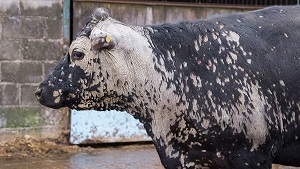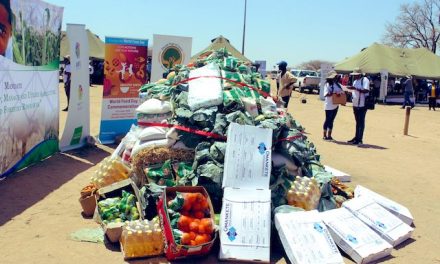
Transport solution for fresh produce

The view from inside the AMTA Ongwediva Fresh Produce Hub where a weekly price index is released daily to customers.
According to AMTA spokesperson Meke Uushona, the agro agency is planning to have a fleet which will be used on an affordable cost recovery. In her statement she said this will ensure a constant uninterrupted supply of fruit and vegetable to the hubs.
“We have developed a production calendar for producers to ensure there is a continuous and ongoing supply,” she said.
She noted that local produce is priced competitively compared to South African imports that make up the bulk of fresh produce into the country.
“We also need to remember that local produce are fresher then the ones that are brought here after travelling long distances.” Uushona added that consumers should not neglect their role in growing the economy.
Taking local climatic conditions into consideration she said that research will have to be conducted on how to expand the variety of fresh produce. “It is good to mention that Etunda has Citrus components,” she added.
Commenting on distances from the hubs to other major town centres such as Windhoek, Walvis Bay she said that the hubs will vary in size. “The ones in Ongwediva and Rundu are production oriented and the one in Windhoek will be like a distribution centre point to other towns. Collection and distribution centres can be set up in other towns but a lot of factors will be considered,” she said.
The Windhoek hub is still under construction and had been delayed due the tendering process, will only be completed in three years. In the mean time a Windhoek centre for trading and marketing fresh produce will be undertaken, she said
Meanwhile Uushona said that the organising and mobilising farmers as well as training them to produce in accordance with Good Agricultural Practices were the initial hiccups they faced. She added that to improve the process a production calendar has been developed enabling continuous production.











































